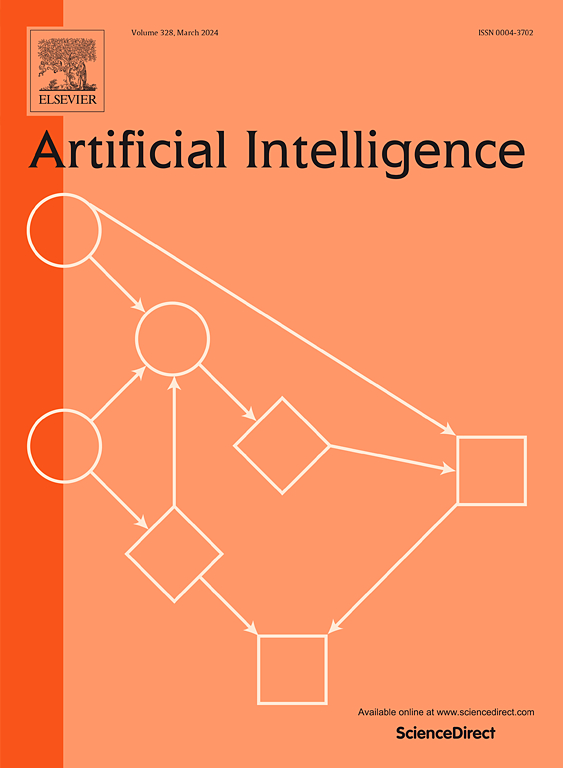SPD流形域自适应的深度最优输运
IF 4.6
2区 计算机科学
Q1 COMPUTER SCIENCE, ARTIFICIAL INTELLIGENCE
引用次数: 0
摘要
几何深度学习的最新进展引起了机器学习社区对对称正定流形(SPD)的域适应的越来越多的关注,特别是对于经常遭受分布变化的神经成像数据。这些数据通常表示为大脑信号的协方差矩阵,由于其对称性和正确定性,它们固有地位于SPD流形上。然而,传统的域自适应方法在直接应用于协方差矩阵时往往忽略了这种几何结构,从而导致性能不理想。为了解决这个问题,我们引入了一个新的几何深度学习框架,该框架结合了最优输运理论和SPD流形的几何特征。我们的方法在尊重流形结构的同时对齐数据分布,有效地减少了边际和条件差异。我们在三个跨会话脑机接口数据集(ku、BNCI2014001和bnci2015001)上验证了我们的方法,在保持数据固有几何形状的同时,它始终优于基线方法。我们还提供了定量结果和可视化,以更好地说明学习嵌入的行为。本文章由计算机程序翻译,如有差异,请以英文原文为准。
Deep optimal transport for domain adaptation on SPD manifolds
Recent progress in geometric deep learning has drawn increasing attention from the machine learning community toward domain adaptation on symmetric positive definite (SPD) manifolds—especially for neuroimaging data that often suffer from distribution shifts across sessions. These data, typically represented as covariance matrices of brain signals, inherently lie on SPD manifolds due to their symmetry and positive definiteness. However, conventional domain adaptation methods often overlook this geometric structure when applied directly to covariance matrices, which can result in suboptimal performance. To address this issue, we introduce a new geometric deep learning framework that combines optimal transport theory with the geometry of SPD manifolds. Our approach aligns data distributions while respecting the manifold structure, effectively reducing both marginal and conditional discrepancies. We validate our method on three cross-session brain-computer interface datasets—KU, BNCI2014001, and BNCI2015001—where it consistently outperforms baseline approaches while maintaining the intrinsic geometry of the data. We also provide quantitative results and visualizations to better illustrate the behavior of the learned embeddings.
求助全文
通过发布文献求助,成功后即可免费获取论文全文。
去求助
来源期刊

Artificial Intelligence
工程技术-计算机:人工智能
CiteScore
11.20
自引率
1.40%
发文量
118
审稿时长
8 months
期刊介绍:
The Journal of Artificial Intelligence (AIJ) welcomes papers covering a broad spectrum of AI topics, including cognition, automated reasoning, computer vision, machine learning, and more. Papers should demonstrate advancements in AI and propose innovative approaches to AI problems. Additionally, the journal accepts papers describing AI applications, focusing on how new methods enhance performance rather than reiterating conventional approaches. In addition to regular papers, AIJ also accepts Research Notes, Research Field Reviews, Position Papers, Book Reviews, and summary papers on AI challenges and competitions.
 求助内容:
求助内容: 应助结果提醒方式:
应助结果提醒方式:


